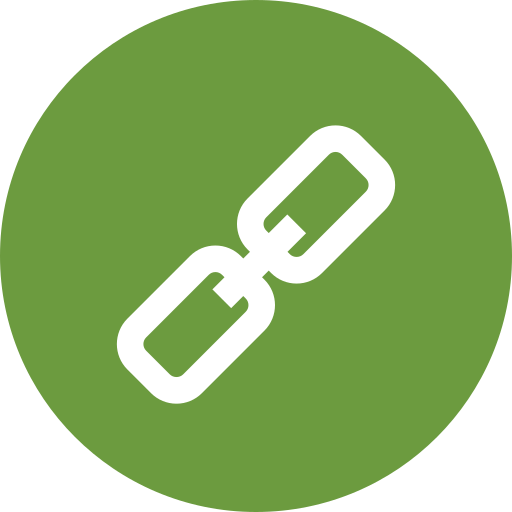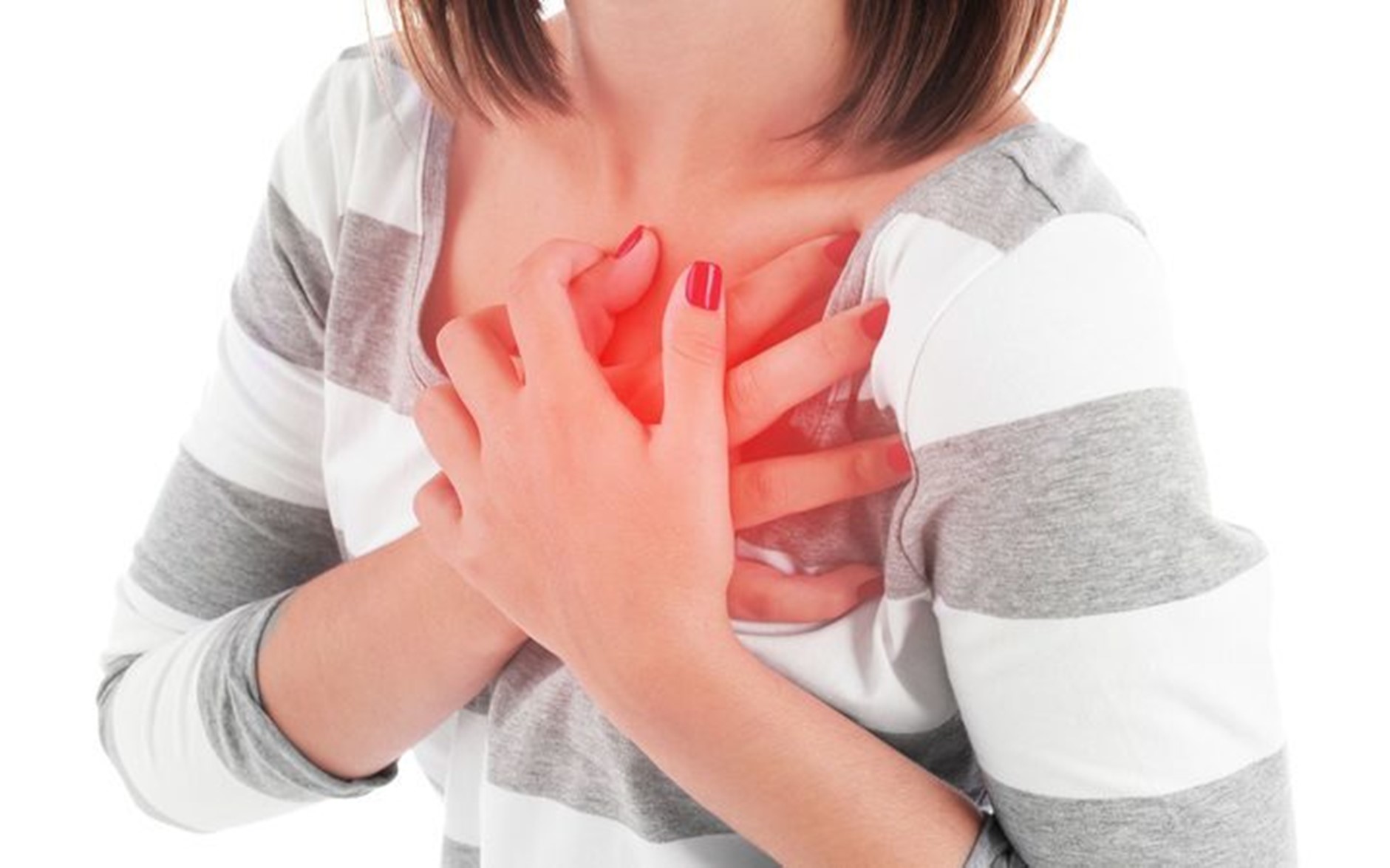| Product name | Per Pill | Savings | Per Pack | Order |
|---|---|---|---|---|
| 30 pills | $1.78 | $53.26 | ADD TO CART | |
| 60 pills | $1.44 | $20.37 | $106.52 $86.15 | ADD TO CART |
| 90 pills | $1.32 | $40.74 | $159.78 $119.04 | ADD TO CART |
| 120 pills | $1.27 | $61.12 | $213.05 $151.93 | ADD TO CART |
| 180 pills | $1.21 | $101.86 | $319.56 $217.70 | ADD TO CART |
| 270 pills | $1.17 | $162.98 | $479.35 $316.37 | ADD TO CART |
High cholesterol is a common health concern that affects millions of people worldwide. If left untreated, it can lead to serious health problems, including heart disease and stroke. One effective way to manage high cholesterol is by taking Rosuvastatin 10 mg, a prescription medication that belongs to a class of drugs known as statins. In this article, we will provide an overview of Rosuvastatin 10 mg, its benefits, and how to order Rosuvastatin online.
What is Rosuvastatin 10 mg?
Rosuvastatin 10 mg is a medication that is used to lower cholesterol levels in the blood. It works by reducing the amount of cholesterol produced by the liver and increasing the removal of cholesterol from the bloodstream. This helps to prevent the buildup of plaque in the arteries, which can lead to heart disease and stroke.
Benefits of Rosuvastatin 10 mg
The benefits of taking Rosuvastatin 10 mg include:
- Lowering LDL (bad) cholesterol levels
- Raising HDL (good) cholesterol levels
- Reducing the risk of heart disease and stroke
- Preventing the buildup of plaque in the arteries
- Improving overall cardiovascular health
How to Buy Rosuvastatin 10 mg Online
If you are looking to buy Rosuvastatin online, there are several options available. You can purchase 10 mg Rosuvastatin overnight delivery from a reputable online pharmacy, or order Rosuvastatin pills in Toronto from a Canadian pharmacy. Many online pharmacies also offer discount Rosuvastatin online American Express and generic Rosuvastatin 10 mg fast delivery options.
Table: Rosuvastatin 10 mg Prices
| Pharmacy | Price | Shipping |
|---|---|---|
| Online Pharmacy 1 | $10.99 | Free shipping |
| Online Pharmacy 2 | $12.99 | Fast delivery |
| Canadian Pharmacy | $15.99 | Overnight delivery |
Where to Order Rosuvastatin 10 mg
If you are looking to order Rosuvastatin 10 mg with Visa, there are several online pharmacies that accept Visa payments. You can also purchase Rosuvastatin 10 mg with Mastercard from a reputable online pharmacy. Some popular options include:
- Order Rosuvastatin 10 mg line: This option allows you to order Rosuvastatin 10 mg online and have it shipped directly to your doorstep.
- Buy Rosuvastatin 10 mg online: This option allows you to buy Rosuvastatin 10 mg online and have it shipped to your local pharmacy for pickup.
- Purchase Rosuvastatin 10 mg on line: This option allows you to purchase Rosuvastatin 10 mg online and have it shipped to your doorstep.
Lists of Rosuvastatin 10 mg Options
Here are some lists of Rosuvastatin 10 mg options:
- Generic Rosuvastatin 10 mg options:
- Generic Rosuvastatin 10 mg OTC: This option allows you to buy generic Rosuvastatin 10 mg over-the-counter.
- Generic Rosuvastatin 10 mg with Amex: This option allows you to buy generic Rosuvastatin 10 mg online with American Express.
- Rosuvastatin 10 mg purchase options:
- Rosuvastatin 10 mg purchase without prescription: This option allows you to buy Rosuvastatin 10 mg online without a prescription.
- Rosuvastatin 10 mg purchase with Visa: This option allows you to buy Rosuvastatin 10 mg online with Visa.
- Rosuvastatin 10 mg shipping options:
- Rosuvastatin 10 mg fast delivery: This option allows you to have Rosuvastatin 10 mg shipped to your doorstep quickly.
- Rosuvastatin 10 mg free shipping: This option allows you to have Rosuvastatin 10 mg shipped to your doorstep for free.
Conclusion
Rosuvastatin 10 mg is a effective medication for managing high cholesterol. If you are looking to buy cheap Rosuvastatin online, there are several options available. You can order Rosuvastatin 10 mg with Mastercard or purchase Rosuvastatin 10 mg with Visa from a reputable online pharmacy. Remember to always consult with your doctor before starting any new medication, and to follow the recommended dosage and usage instructions carefully.
High cholesterol and triglycerides are two of the most common health concerns affecting millions of people worldwide. These conditions can significantly increase the risk of heart disease, stroke, and other cardiovascular problems. In this article, we will delve into the world of high cholesterol and triglycerides, exploring their causes, risks, and management strategies.
What are Cholesterol and Triglycerides?
Cholesterol is a type of fat found in the bloodstream, essential for various bodily functions, such as building and maintaining cell membranes, producing hormones, and aiding in the digestion of fats. Triglycerides, on the other hand, are a type of fat found in the blood, which serves as a source of energy for the body. When we consume more calories than we need, our body stores the excess energy as triglycerides in our fat cells.
Table: Types of Cholesterol
| Type of Cholesterol | Description |
|---|---|
| Low-Density Lipoprotein (LDL) | Often referred to as "bad" cholesterol, LDL carries cholesterol from the liver to the cells, potentially leading to plaque buildup in the arteries. |
| High-Density Lipoprotein (HDL) | Known as "good" cholesterol, HDL carries excess cholesterol from the cells to the liver, helping to remove it from the bloodstream. |
| Very-Low-Density Lipoprotein (VLDL) | Similar to LDL, VLDL also carries triglycerides from the liver to the cells, contributing to the risk of heart disease. |
Causes and Risk Factors
Several factors contribute to the development of high cholesterol and triglycerides, including:
- Genetics: Family history can play a significant role in the development of high cholesterol and triglycerides.
- Diet: Consuming high amounts of saturated and trans fats, cholesterol, and calories can increase levels of LDL and triglycerides.
- Obesity: Excess weight, particularly around the abdominal area, can contribute to high cholesterol and triglycerides.
- Physical inactivity: Lack of exercise can lead to weight gain, insulin resistance, and increased levels of LDL and triglycerides.
- Age: Cholesterol levels tend to rise with age, making it essential to monitor and manage them as we get older.
Risks Associated with High Cholesterol and Triglycerides
The risks associated with high cholesterol and triglycerides are numerous and can have severe consequences, including:
- Heart disease: High levels of LDL and triglycerides can lead to the buildup of plaque in the arteries, increasing the risk of heart attacks, strokes, and other cardiovascular problems.
- Stroke: High cholesterol and triglycerides can increase the risk of stroke, which can result in permanent damage or even death.
- Peripheral artery disease: High levels of LDL and triglycerides can lead to the narrowing of arteries in the legs, arms, and other parts of the body, causing pain, numbness, and weakness.
Management Strategies
Fortunately, high cholesterol and triglycerides can be managed through a combination of lifestyle changes and medical interventions, including:
- Dietary changes: Eating a balanced diet low in saturated and trans fats, cholesterol, and calories can help lower LDL and triglyceride levels.
- Exercise: Engaging in regular physical activity, such as walking, running, or swimming, can help raise HDL levels and lower LDL and triglyceride levels.
- Weight management: Maintaining a healthy weight through a combination of diet and exercise can help reduce the risk of high cholesterol and triglycerides.
- Medications: In some cases, medications such as statins, fibrates, and niacin may be prescribed to help lower LDL and triglyceride levels.
List: Foods to Eat and Avoid
Here are some foods to eat and avoid to help manage high cholesterol and triglycerides:
- Foods to eat:
- Fatty fish, such as salmon and mackerel
- Avocados and other fruits high in healthy fats
- Nuts and seeds, such as almonds and chia seeds
- Whole grains, such as brown rice and quinoa
- Foods to avoid:
- Foods high in saturated and trans fats, such as red meat and processed snacks
- Foods high in cholesterol, such as egg yolks and organ meats
- Foods high in added sugars, such as sugary drinks and baked goods
- Foods high in refined carbohydrates, such as white bread and sugary cereals
In conclusion, high cholesterol and triglycerides are serious health concerns that can be managed through a combination of lifestyle changes and medical interventions. By understanding the causes, risks, and management strategies, individuals can take control of their health and reduce their risk of heart disease, stroke, and other cardiovascular problems. Remember to consult with a healthcare professional before making any significant changes to your diet or exercise routine.
























